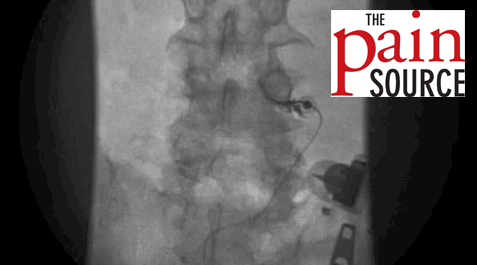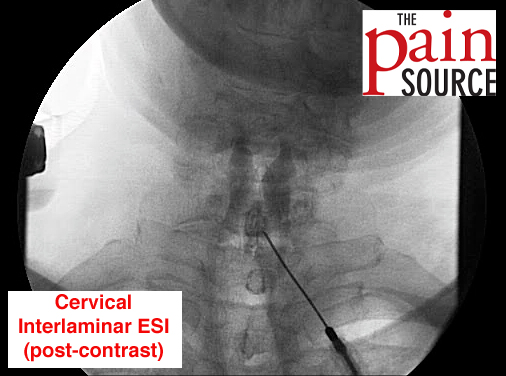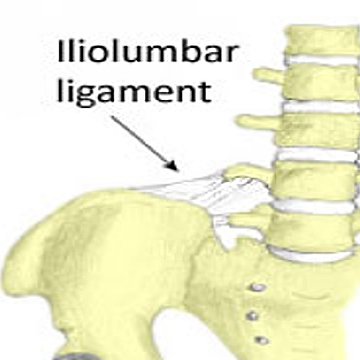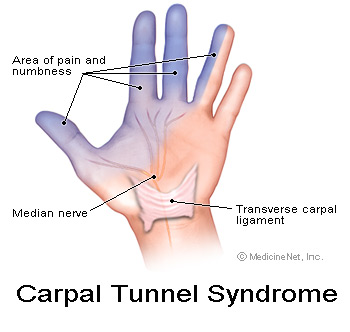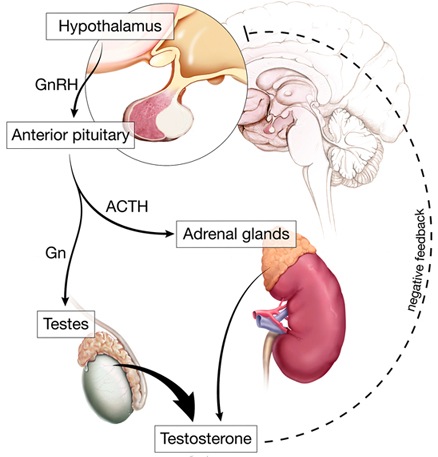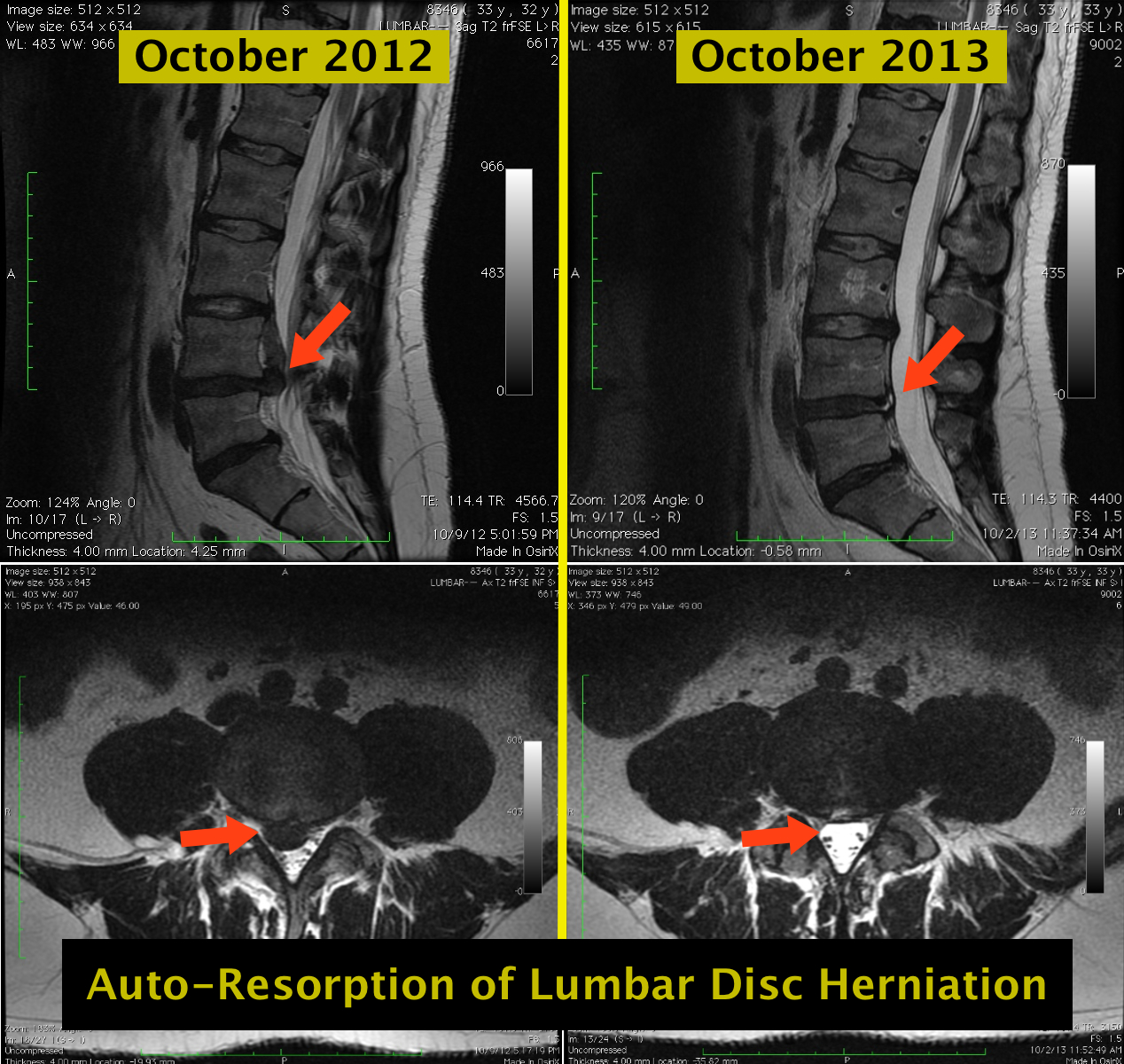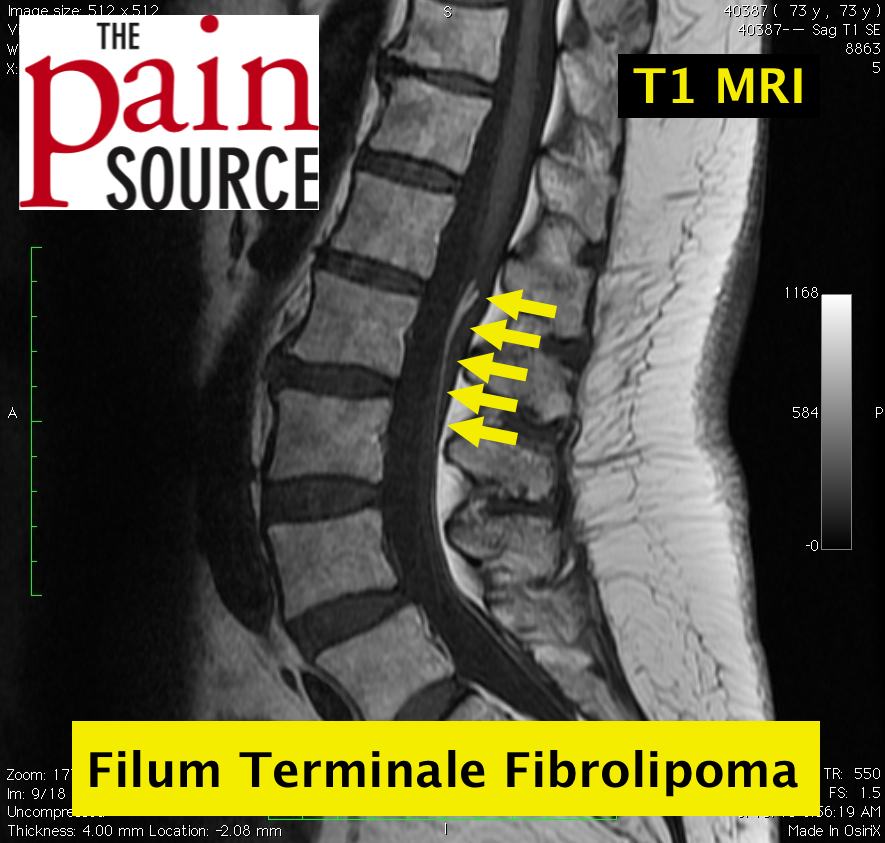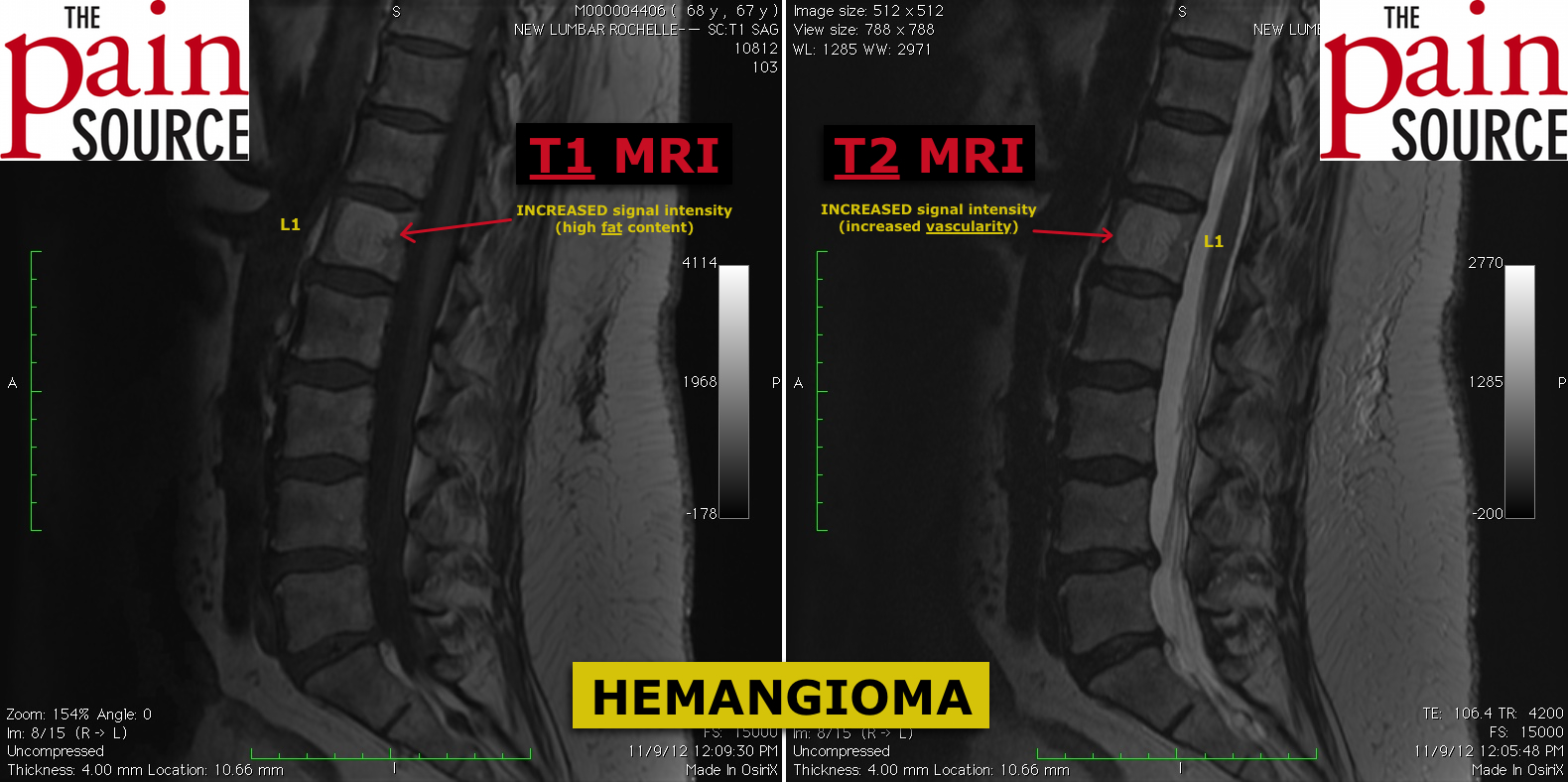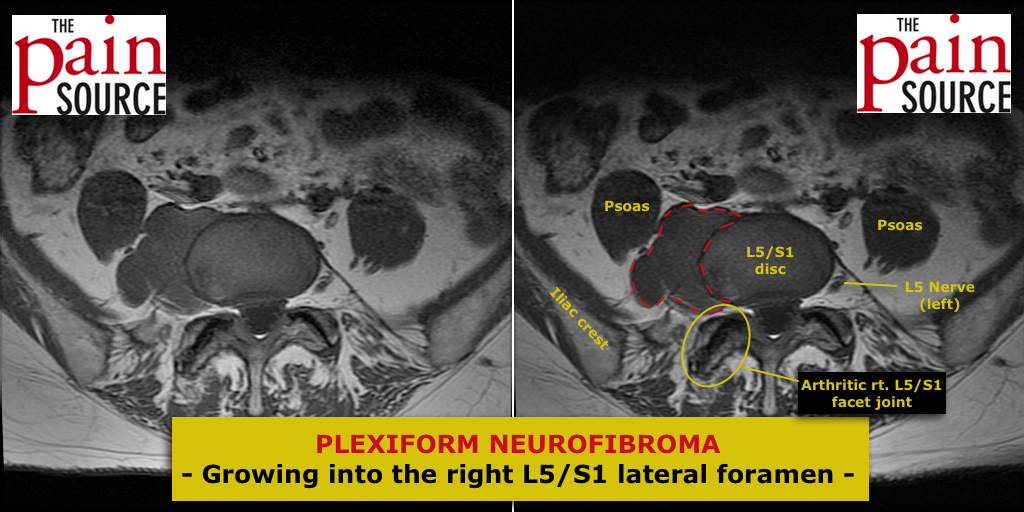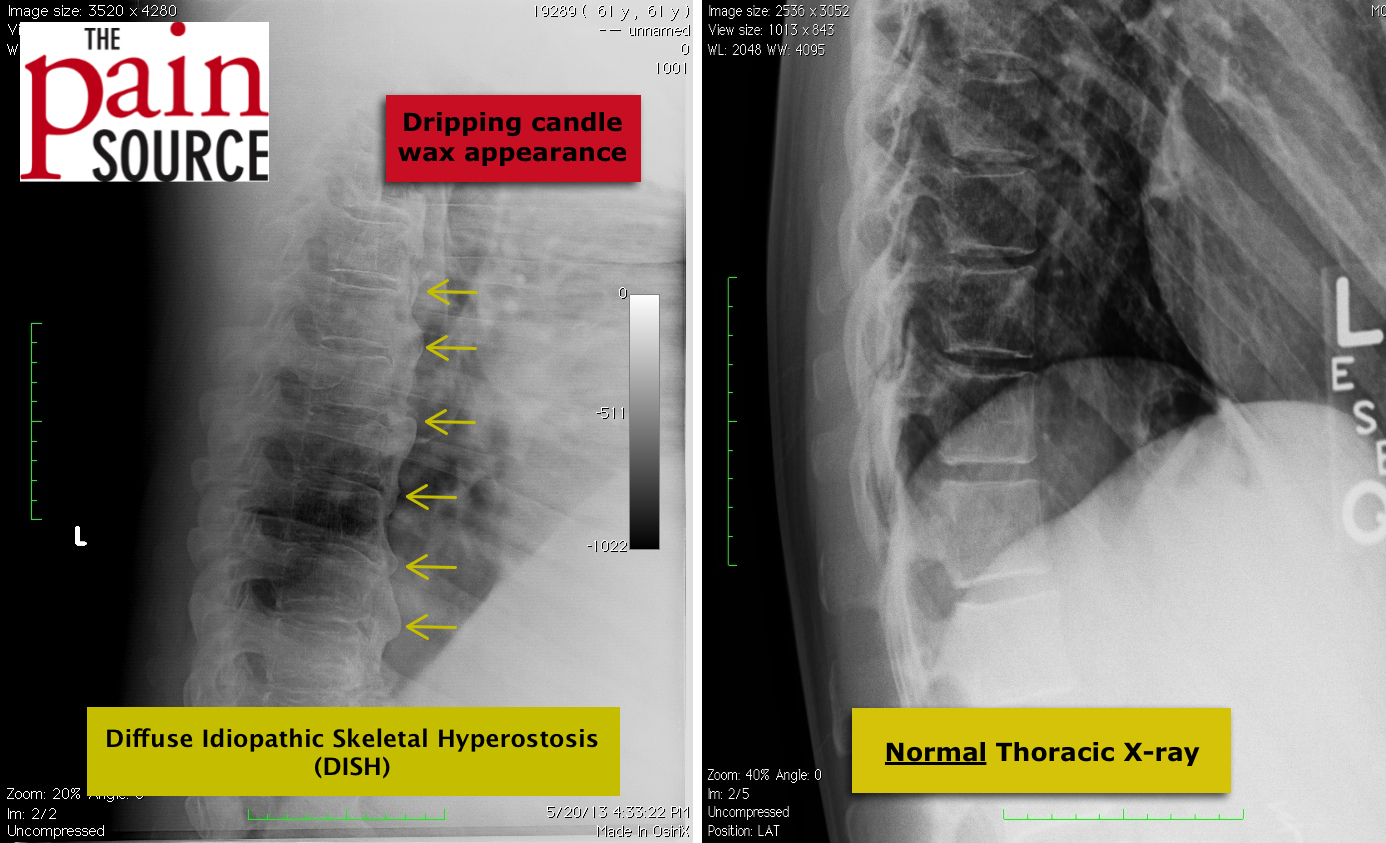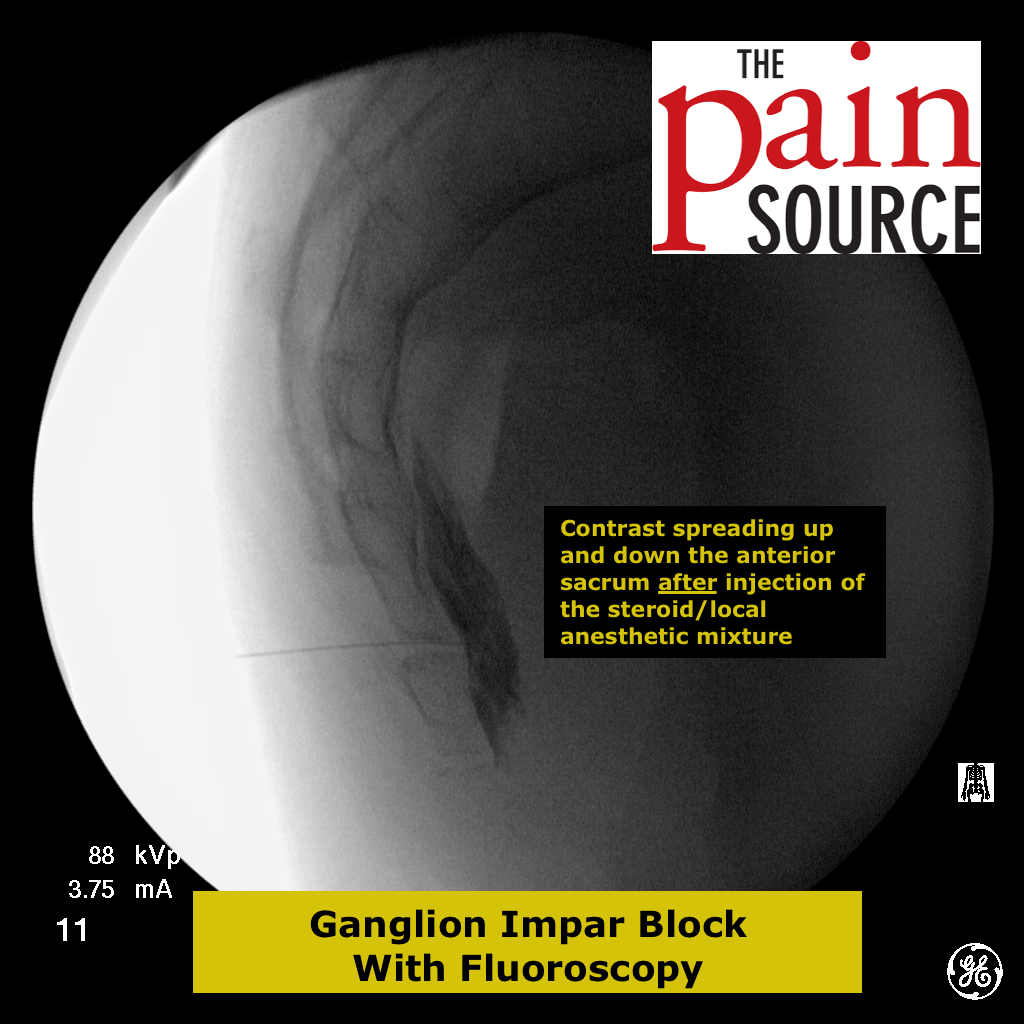By Chris Faubel, MD —
Int J Med Sci. 2010 May 28;7(3):124-35
Evaluation of lumbar facet joint nerve blocks in managing chronic low back pain: a randomized, double-blind, controlled trial with a 2-year follow-up
Manchikanti L, Singh V, Falco FJ, Cash KA, Pampati V.
Pain Management Center of Paducah, Paducah, KY, USA. drlm@thepainmd.com
http://www.ncbi.nlm.nih.gov/pubmed/20567613
ABSTRACT
STUDY DESIGN: A randomized, double-blind, controlled trial.
OBJECTIVE: To determine the clinical effectiveness of therapeutic lumbar facet joint nerve blocks with or without steroids in managing chronic low back pain of facet joint origin.
SUMMARY OF BACKGROUND DATA: Lumbar facet joints have been shown as the source of chronic pain in 21% to 41% of low back patients with an average prevalence of 31% utilizing controlled comparative local anesthetic blocks. Intraarticular injections, medial branch blocks, and radiofrequency neurotomy of lumbar facet joint nerves have been described in the alleviation of chronic low back pain of facet joint origin.
METHODS: The study included 120 patients with 60 patients in each group with local anesthetic alone or local anesthetic and steroids. The inclusion criteria was based upon a positive response to diagnostic controlled, comparative local anesthetic lumbar facet joint blocks.Outcome measures included the numeric rating scale (NRS), Oswestry Disability Index (ODI), opioid intake, and work status, at baseline, 3, 6, 12, 18, and 24 months.
RESULTS: Significant improvement with significant pain relief of >or= 50% and functional improvement of >or= 40% were observed in 85% in Group 1, and 90% in Group II, at 2-year follow-up.The patients in the study experienced significant pain relief for 82 to 84 weeks of 104 weeks, requiring approximately 5 to 6 treatments with an average relief of 19 weeks per episode of treatment.
CONCLUSIONS: Therapeutic lumbar facet joint nerve blocks, with or without steroids, may provide a management option for chronic function-limiting low back pain of facet joint origin.
——————————————————–
DISCUSSION:
I think I have to start off pointing out that this was a comparison of the effectiveness of local-only versus local+steroid in treating lumbar facet pain, by injecting the medial branches of the dorsal primary rami, NOT intraarticular facet injections. If the facet joint itself is the presumed pain generator, one wouldn’t expect steroids at the medial branch to help. The author also interestingly didn’t mention the corticosteroid, nor the amount of steroid used.
What was impressive to me about this study was the duration of pain relief obtained by what amounts to repeated medial branch blocks (MBBs) over a two-year history.
- 85% of the patients had significant pain relief for 82 out of the 104 weeks (24 months) with an average of 5-6 blocks
Patients were followed at 3-month intervals and repeated MBBs were only performed if the patient’s pain relief regressed to less than 50% of the level reported before the prior injection (I think. This part was confusingly written.)
- Suppression of nociceptive discharge
- Blockade of the axonal transport
- Block of the sympathetic reflex arc and sensitization – I would guess this has more to do with the real mechanism
- Anti-inflammatory effects



